Intrauterine Growth Restriction and Hyperoxia as a Cause of White Matter Injury
- PMID: 30428455
- PMCID: PMC6292737
- DOI: 10.1159/000494273
Intrauterine Growth Restriction and Hyperoxia as a Cause of White Matter Injury
Abstract
Intrauterine growth restriction (IUGR) is estimated to occur in 5% of pregnancies, with placental insufficiency being the most common cause in developed countries. While it is known that white matter injury occurs in premature infants, the extent of IUGR on white matter injury is less defined in term infants. We used a novel murine model that utilizes a thromboxane A2 (TXA2) analog (U46619), a potent vasoconstrictor, to induce maternal hypertension and mimic human placental insufficiency-induced IUGR to study the white matter. We also investigated the role of hyperoxia as an additional risk factor for white matter injury, as IUGR infants are at increased risk of respiratory comorbidities leading to increased oxygen exposure. We found that TXA2 analog-induced IUGR results in white matter injury as demonstrated by altered myelin structure and changes in the oligodendroglial cell/oligodendrocyte population. In addition, our study demonstrates that hyperoxia exposure independently results in white matter perturbation. To our knowledge, this is the first study to report single and combined effects of IUGR with hyperoxia impacting the white matter and motor function. These results draw attention to the need for close monitoring of motor development in IUGR babies following hospital discharge as well as highlighting the importance of limiting, as clinically feasible, the degree of oxygen overexposure to potentially improve motor outcomes in this population of infants.
Keywords: Hyperoxia; Intrauterine growth restriction; Oligodendrocytes; White matter injury.
© 2018 S. Karger AG, Basel.
Conflict of interest statement
The authors have no conflicts of interest to declare.
Figures
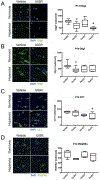
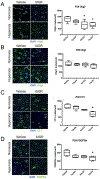

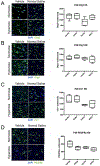

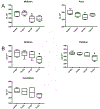
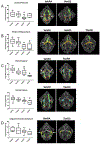
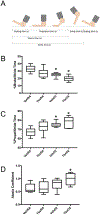
References
-
- Schroder H: Models of fetal growth restriction. European Journal of Obstetrics Gynecology Reproductive Biology 2003;110:S29–S39. - PubMed
-
- Battaglia F, Lubchenco L: A practical classification of newborn infants by weight and gestational age. Journal of Pediatrics 1967;71:159–163. - PubMed
-
- Tolcos M, Bateman E, O’Dowd R, Markwick R, Vrijsen K, Rehn A, Rees S: Intrauterine growth restriction affects the maturation of myelin. Experimenal Neurology 2011;232:53–65. - PubMed
-
- Mandruzzato G, Antsaklis A, Botet F, Chervenak F, Figueras F, Grunebaum A, Puerto B, Skupski D, Stanojevic M: Intrauterine restriction (IUGR). Journal of Perinatal Medicine 2008;36:327–333. - PubMed
Publication types
MeSH terms
Grants and funding
LinkOut - more resources
Full Text Sources

